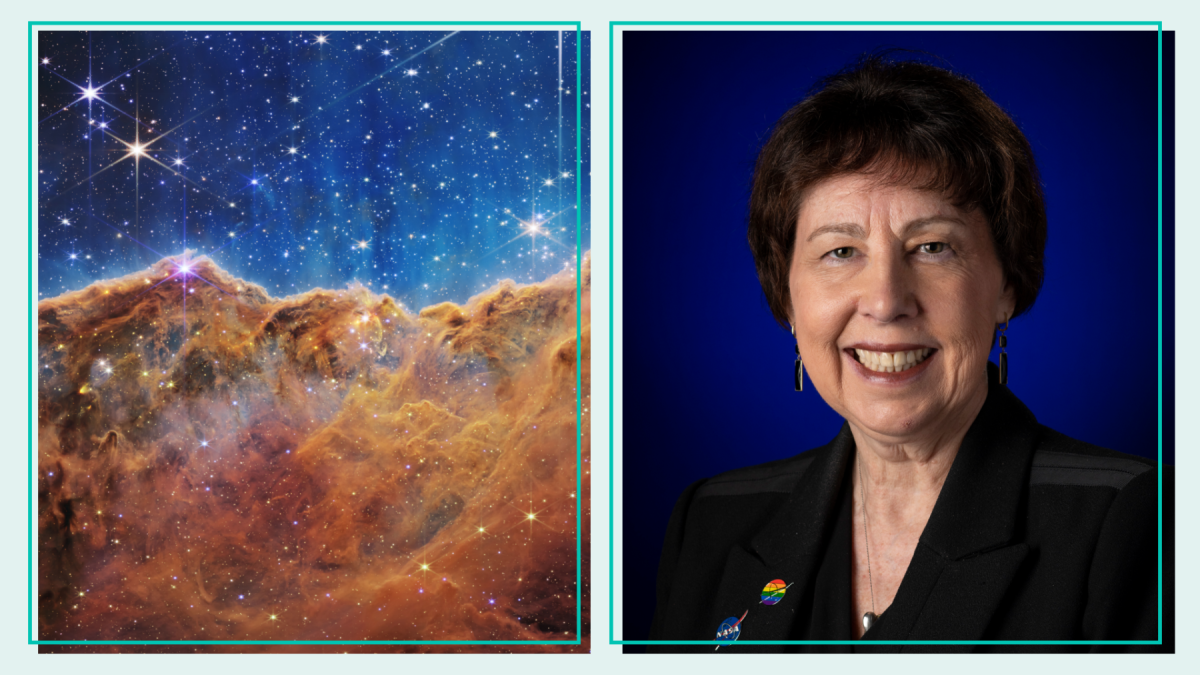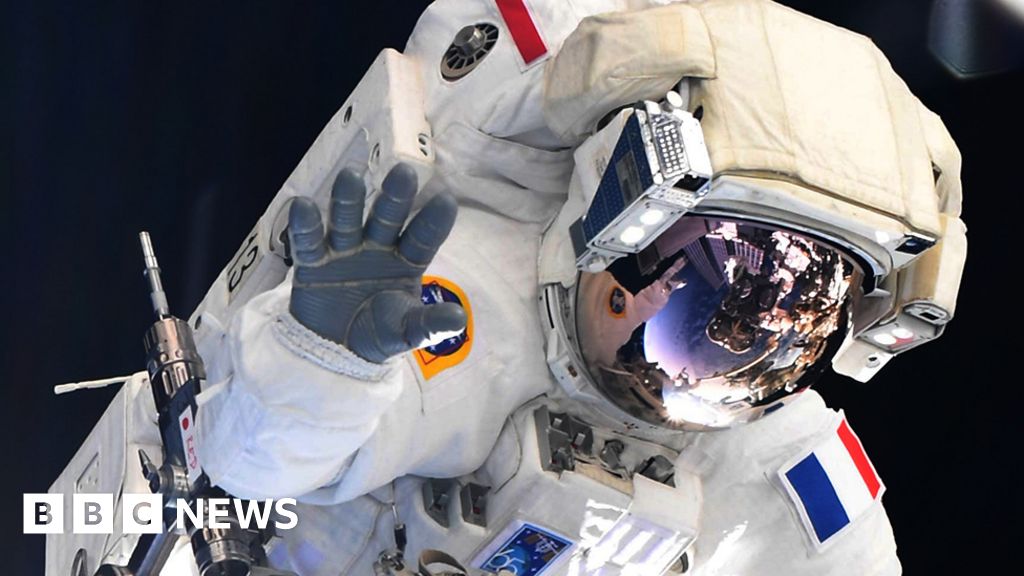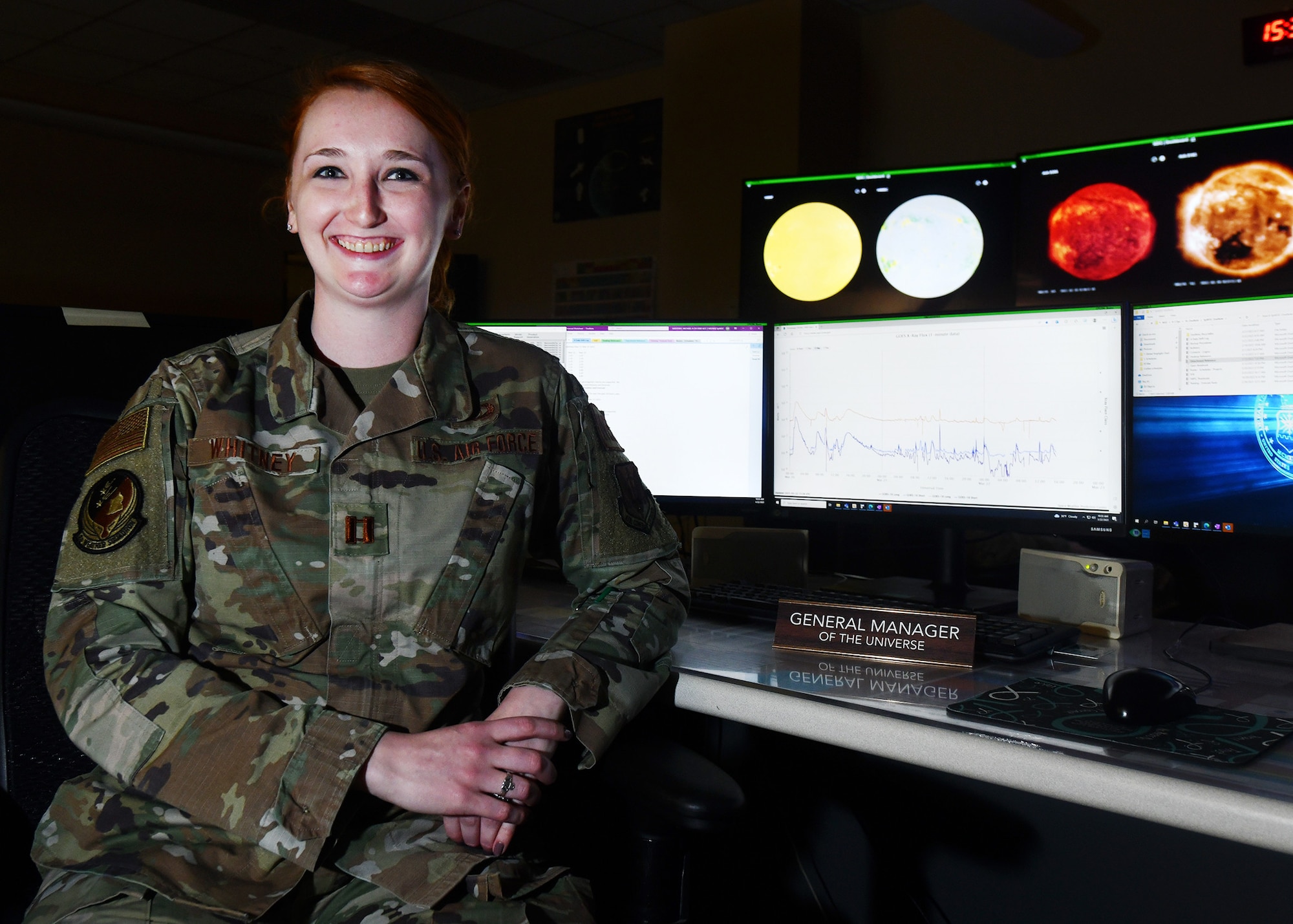
To celebrate Women's History Month, we've been highlighting some of the different orgs and people making waves for women's representation.
STEM has been historically male-dominated for far too long. Just recently, women have been encouraged more and more from a young age to follow their dreams and pursue careers in STEM.
Europe risks being 'a spectator in next space race' - BBC News

Europe must develop its own independent means of getting astronauts into space or risk missing out on the next big tech boom, warns an influential panel.
Failure to respond will see Europe miss out on the next wave of Googles and Amazons, the group argues.
A flare for science > Offutt Air Force Base > Article Display
Capt. Taylor Whitney Aegerter, the Space Weather Flight commander for the 2d Weather Squadron, 557th Weather Wing takes a moment away from studying the sun and the effects it has on the Earth so we could honor her for Women's History Month.
As the nation celebrates National Women’s History Month throughout March, Team Offutt is honoring female Airmen who stand out among their peers.
Astronomers must fight 'tooth and nail' to protect dark skies, study says | Space

Less than a month after astronomers found satellite trails scarring many images snapped by the Hubble Space Telescope, a new paper is urging scientists to "fight tooth and nail" to protect the night sky against rising light pollution.
The new paper, a comment article, argues that current efforts by astronomers are mitigating the problem of light pollution in astronomy but will not solve it unless strict and immediate regulations are enforced.
How Webb's Coronagraphs Reveal Exoplanets in the Infrared – James Webb Space Telescope
NASA's James Webb Space Telescope has many different observing modes to study planets orbiting other stars, known as exoplanets. One way in particular is that Webb can directly detect some of these planets. Directly detecting planets around other stars is no easy feat.
Fortunately, Webb has the right tools for the job: the Near-Infrared Camera (NIRCam) and Mid-Infrared Instrument (MIRI) coronagraphic modes . Webb's coronagraphs block the light from a distant star, while allowing the faint planet light through to reach its sensors.

No comments:
Post a Comment